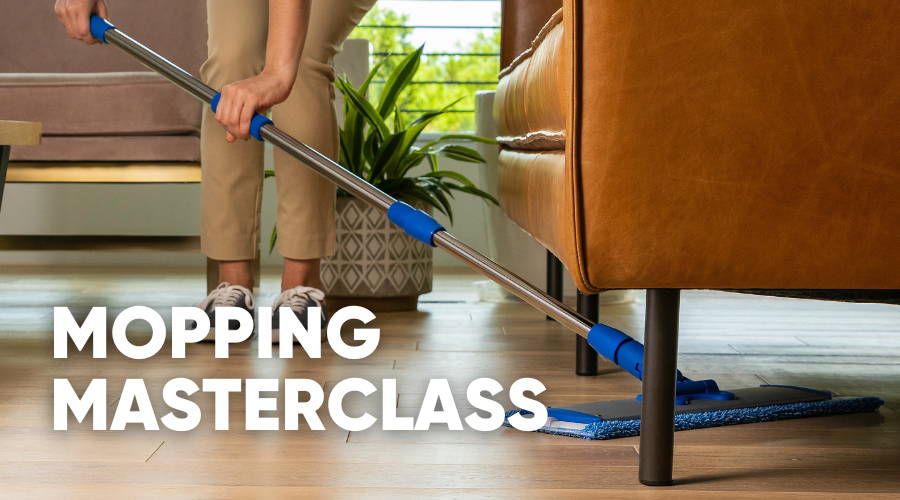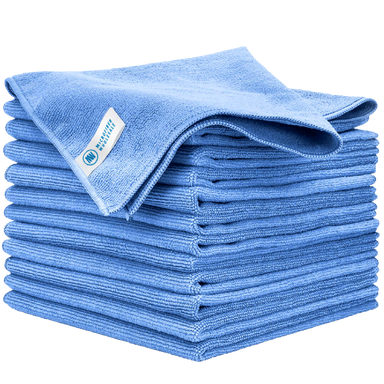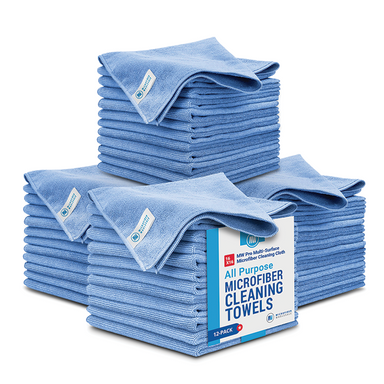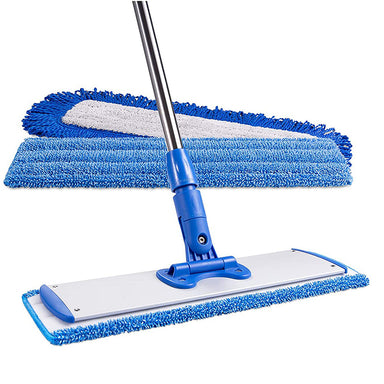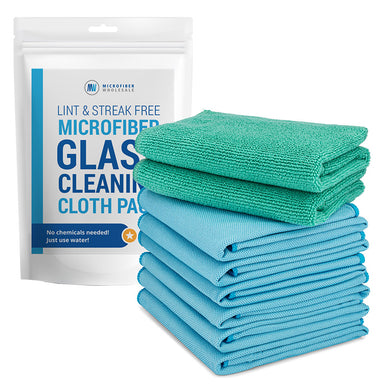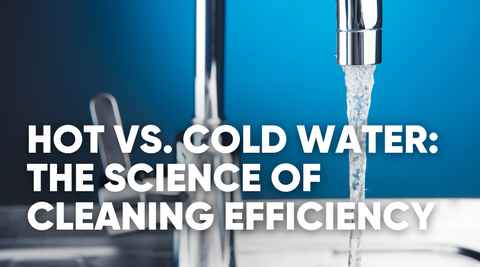Mopping… we've all done it.
Starting as a childhood chore and progressing to a personal or even a professional responsibility. Yet, despite its constant presence, mop cleaning remains one of the most fundamentally misunderstood tasks in the cleaning world.
Too often, cleaners, in their frustration, point fingers at their soap, blaming it for their streaky, sticky results. But the true culprits often lie in their own hands, their cleaning mops, and how they misuse them.
If you're not effectively removing the dirt, you're merely smearing it around. Far too many well-meaning cleaners have wasted years focused on the wrong side of the equation and have the dingy floors to prove it.
Here's what we have in store for you today:
-
-
-
- We'll be demystifying the world of mopping
- Explaining which mopping methods are most effective
- Breaking down the myriad of cleaning mops available
- Teaching you step-by-step professional mopping techniques that are guaranteed to leave any floor sparkling clean
-
-
Most people, even experienced cleaners, believe the same misconception that cleaning is the act of applying soapy water to surfaces. In truth, cleaning is all about removing dirt-filled water from the surface. Today I show you different types of cleaning mops and how to mop floors the right way.
Let's do this.









